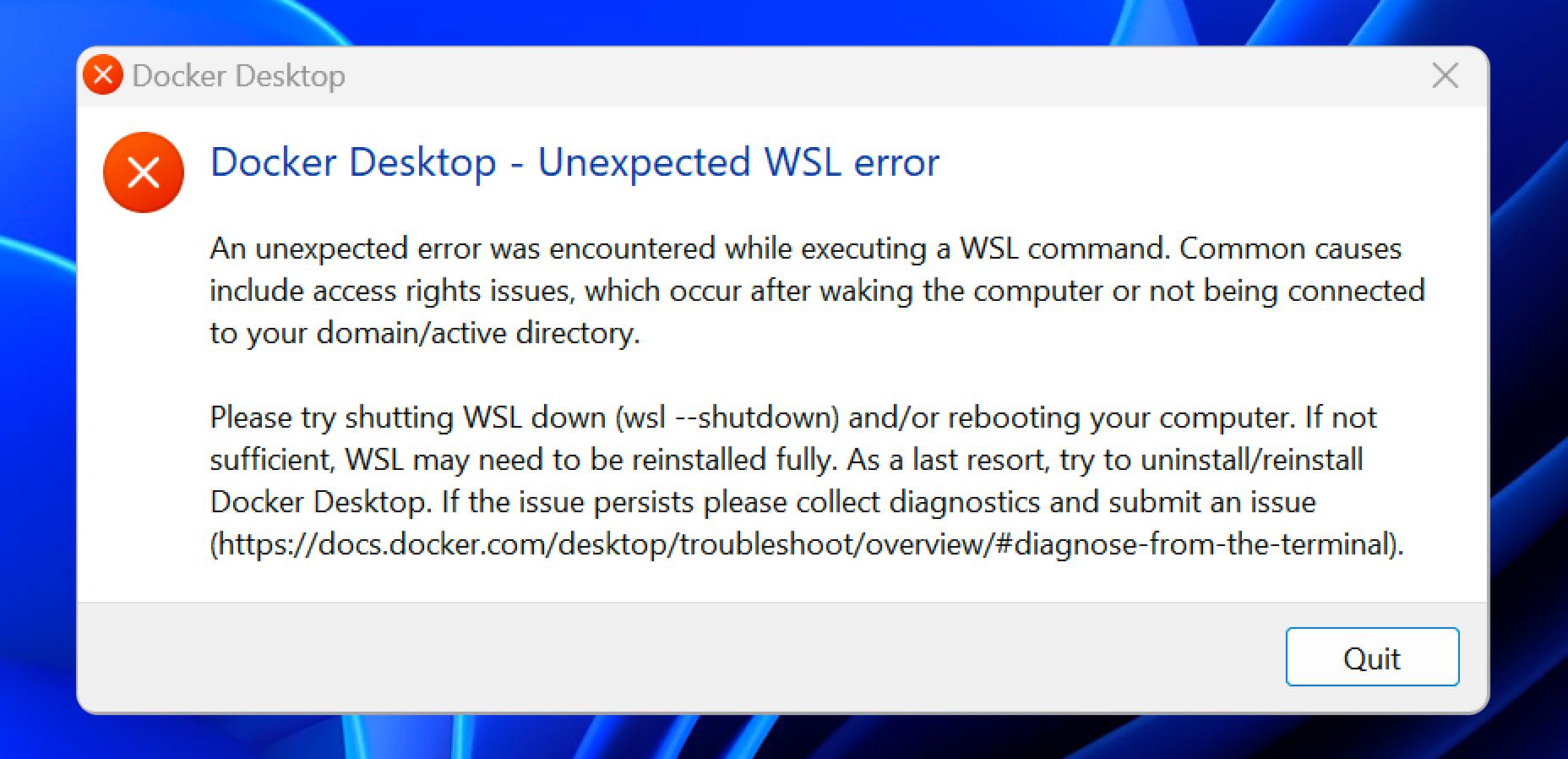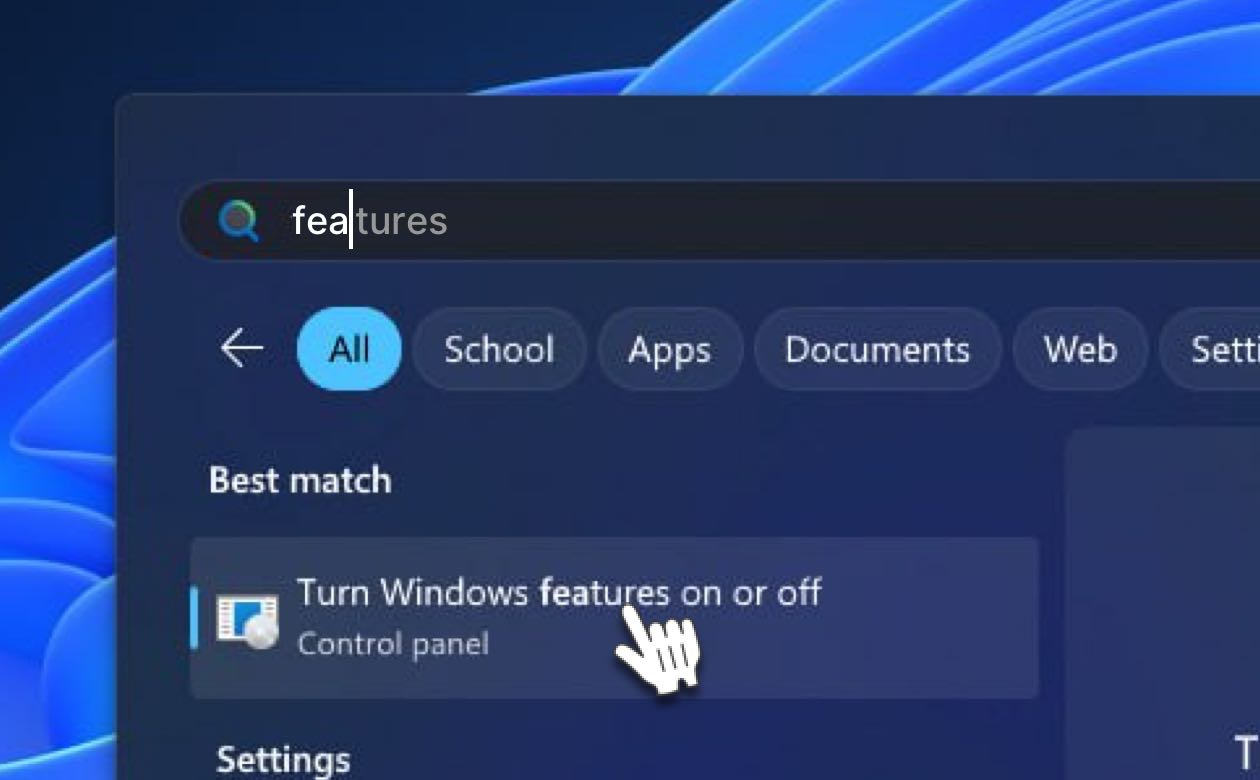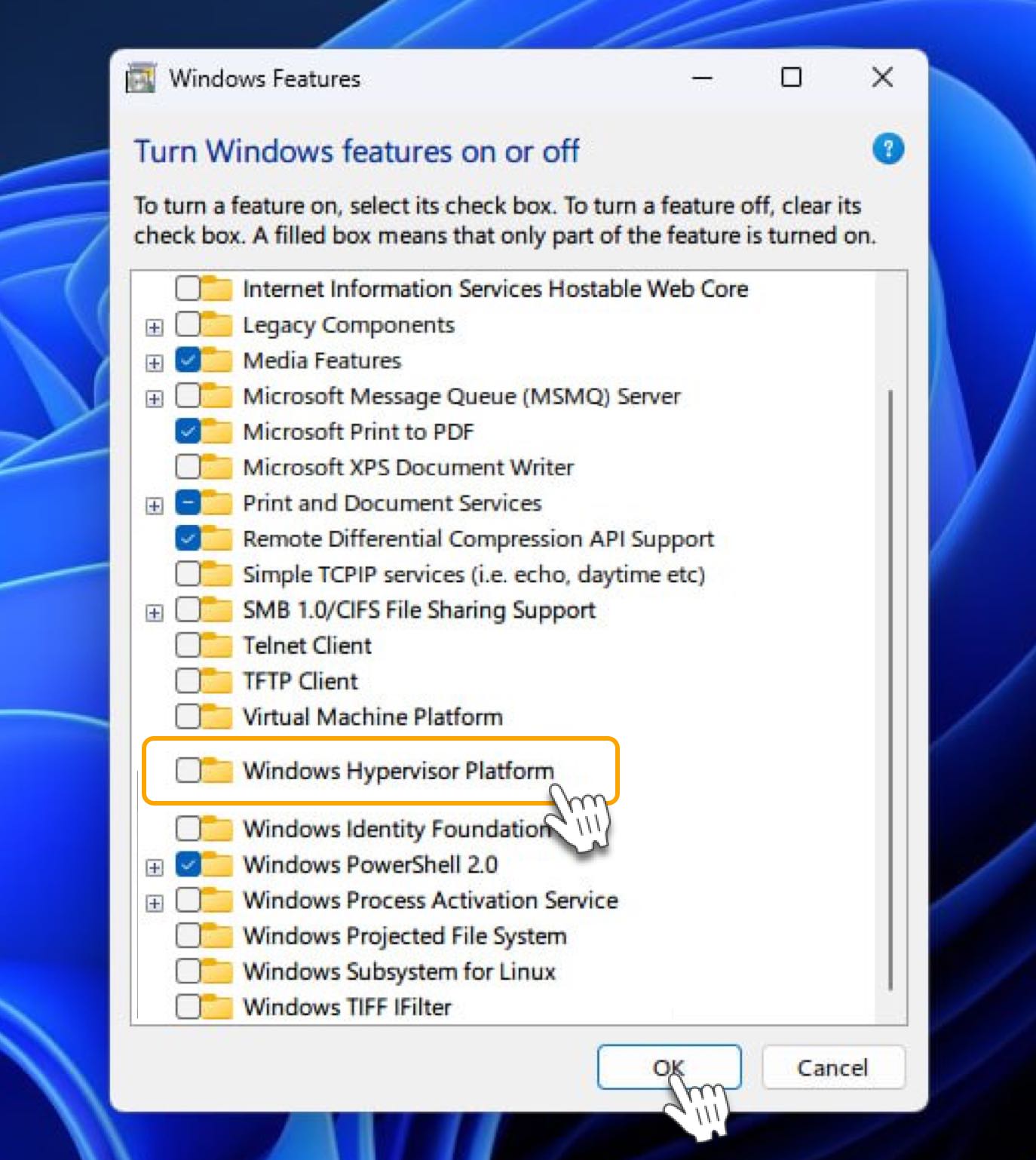Troubleshoot Docker (Linux & Windows)
This document provides troubleshooting steps for your GPU-enabled Docker platform setup on both Linux and Windows operating systems. It provides a structured approach to ensure the platform is correctly configured and functioning.
Table of Contents
- Install Docker on Linux
- Verify Installation
- Troubleshoot Docker Installation
- Stop the Platform
- Restart the Platform
- Windows Uptime
- Fixing the "Docker Desktop - Unexpected WSL error" in Windows
- Additional Guides
Install Docker on Linux
Recommended Installation Steps:
- Run the setup from the website for the first time. This step installs the necessary drivers.
- After the first installation, reboot your Linux system.
- Perform the setup process a second time, which installs Docker.
Verify Installation
Confirmation Command:
- To confirm that your setup is working correctly, run:
docker run --gpus all nvidia/cuda:11.0.3-base-ubuntu18.04 nvidia-smi - The output should resemble the information displayed by
nvidia-smi. - This command verifies that Docker is correctly utilizing your GPU.
Troubleshoot Docker Installation
Use the Reset Script (end of page):
- If the confirmation command fails, use the reset_drivers_and_docker script:
chmod +x reset_drivers_and_docker.sh ./reset_drivers_and_docker.sh - After running the script, restart your device.
- Rerun the setup from the website. After an automatic restart, rerun the setup to complete the installation.
- If the confirmation command continues to fail, seek assistance on the community support channel.
Stop the Platform
Run the command below in PowerShell to stop the platform and remove all containers for Windows.
docker ps -a -q | ForEach { docker rm $\_ }
Run the command below in Terminal to stop and remove all containers for Linux.
sudo docker stop $(sudo docker ps -a -q); sudo docker rm $(sudo docker ps -q)
Restart the Platform
- Reboot your computer or server.
- After you reboot the device, restart the platform.
- Rerun the same command provided on the website during the initial setup. It resembles
docker run -d.
Verify that you're not running two instances of io-worker-vc.
Run the command below to verify that you're running a single instance of io-worker-vc.
docker ps
If there are 2 containers running the same image io-worker-vc , the platform fails. The output resembles the sample below:
~$ docker ps
CONTAINER ID IMAGE COMMAND CREATED STATUS PORTS NAMES
87b1b066bdfa ionetcontainers/io-worker-monitor "tail -f /dev/null" 3 seconds ago Up 2 seconds agitated_hawking
7033c1b8feba ionetcontainers/io-worker-vc "sudo -E /srp/invoke…" 8 seconds ago Up 8 seconds friendly_ritchie
67f699e12c2e ionetcontainers/io-worker-vc "sudo -E /srp/invoke…" 10 seconds ago Up 8 seconds sleepy_feynman
How to fix this?
Run the stop all docker containers (check troubleshooting guide) and run the (docker run -d ...) command from website only ONCE to run the platform normally.
Windows Uptime
Follow the instructions below if you experience inconsistent uptime on Windows.
To ensure that the DHCP lease time on the router is set to a duration exceeding 24 hours, access the group policy editor within the Windows operating system. Proceed by enabling the specified settings in the following sequence:
- Open the group policy editor and go to Computer Configuration.
- In Computer Configuration, find the Administrative Templates section.
- Under Administrative Templates, go to System.
- In the System menu, choose Power Management.
- Access the Sleep Settings subsection within Power Management.
- Activate both Allow network connectivity during connected-standby (on battery) and Allow network connectivity during connected-standby (plugged in) options.
Adjust the settings above to meet your requirements.
Fixing the "Docker Desktop - Unexpected WSL error" in Windows
This error occurs when you haven't updated to the latest version of WSL or haven't enabled the Hyper-V feature. Follow these steps:

-
Check and Update WSL Version: First, ensure that you’re running the latest version of WSL. You can check your current WSL version by opening a command prompt and typing:
wsl --versionIf you find that you’re not on WSL 2, you can set the default version to 2 by executing:
wsl --set-default-version 2 -
Enable Hyper-V Feature: Hyper-V is a virtualization technology tool that needs to be enabled in Windows. To check if Hyper-V is enabled, you can use the Windows Features dialog via Search:

In the Windows Features dialog, scroll down and check Windows Hypervisor Platform, then click OK.:

After installing Windows Hypervisor Platform, the problem should disappear.
Additional Guides
Expose the ports below to ensure platform stability for Linux and Windows:
- TCP: 443, 25061, 5432, 80
- UDP: 80, 443, 41641, 3478
Ensure that these ports are open and accessible to enable smooth operation of the platform.
How can I verify that program has started successfully?
- When running the following command on PowerShell (Windows) or Terminal (Linux), you should always have 2 Docker containers running:
docker ps - If there are no containers or only one container running after running the docker run -d ... command from the website:
- Stop the platform using the command provided in the guide above.
- Restart the platform using the command from the website again.
reset_drivers_and_docker.sh :
Create a new file called reset_drivers_and_docker.sh, and copy paste the code snippet below:
#!/bin/bash
# Stop all running Docker containers
echo "Stopping all running Docker containers..."
docker stop $(docker ps -a -q)
# Remove all Docker containers
echo "Removing all Docker containers..."
docker rm $(docker ps -a -q)
# Remove all Docker images
echo "Removing all Docker images..."
docker rmi $(docker images -q)
# Uninstall Docker Engine, CLI, and Containerd
echo "Uninstalling Docker..."
sudo apt-get purge -y docker-engine docker docker.io docker-ce docker-ce-cli containerd containerd.io
# Remove Docker's storage volumes
echo "Removing Docker storage volumes..."
sudo rm -rf /var/lib/docker
sudo rm -rf /var/lib/containerd
# Remove Docker group
sudo groupdel docker
# Remove Docker's configuration files
echo "Removing Docker configuration files..."
sudo rm -rf /etc/docker
# Remove any leftover Docker files
sudo find / -name '*docker*' -exec rm -rf {} \;
# Uninstall NVIDIA Docker
echo "Uninstalling NVIDIA Docker..."
sudo apt-get purge -y nvidia-docker
# Uninstall NVIDIA drivers
echo "Uninstalling NVIDIA drivers..."
sudo apt-get purge -y '*nvidia*'
# Remove any remaining NVIDIA directories
sudo rm -rf /usr/local/nvidia/
# Update the package lists
echo "Updating package lists..."
sudo apt-get update
# Autoremove any orphaned packages
echo "Removing unused packages and cleaning up..."
sudo apt-get autoremove -y
sudo apt-get autoclean
# Rebuild the kernel module dependencies
echo "Rebuilding kernel module dependencies..."
sudo depmod
# Inform the user that a reboot is required
echo "Uninstallation complete. Please reboot your system."
Feel free to check our knowledge base for answers, and if you still need help, don’t hesitate to open a support ticket!
Updated over 1 year ago
